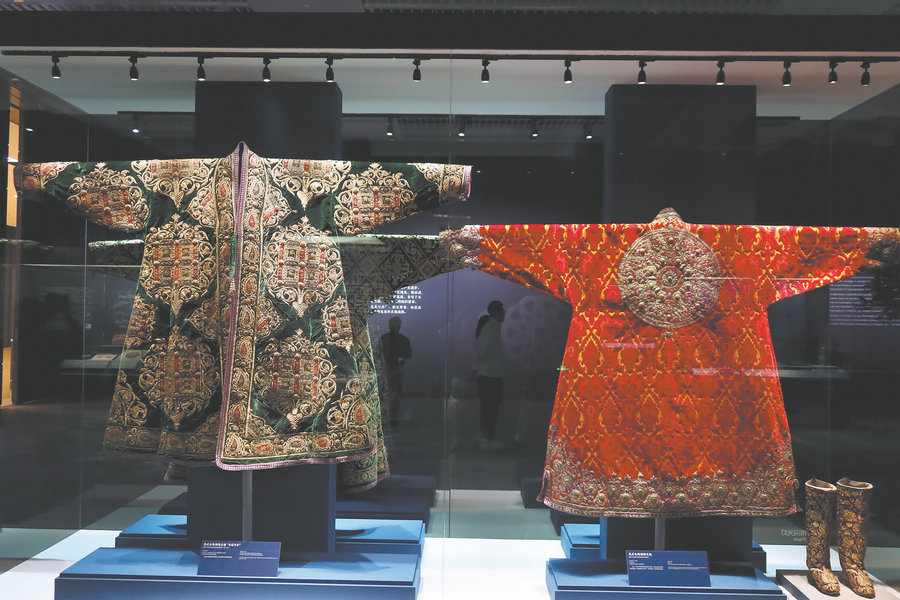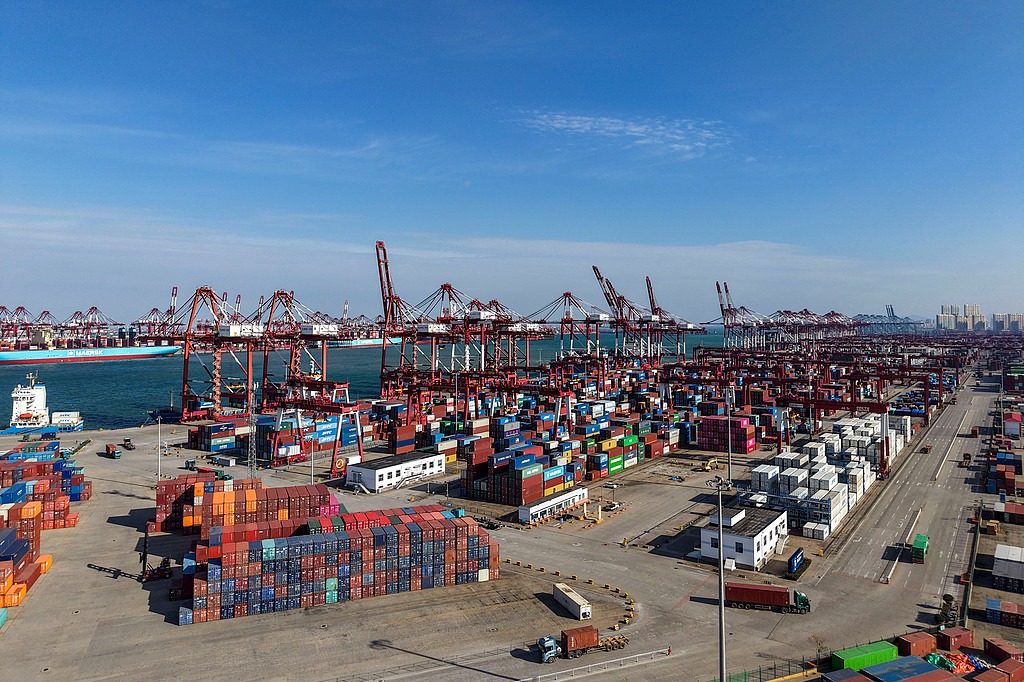Tracing the influences of cultures


Ibrahimzoda Zafarsho Safo, director of the National Museum of Tajikistan, says the museum brings 24 artifacts to the Beijing exhibition, including gold and copper wares, musical instruments, stones with inscriptions and pottery, to testify to the country's role in the communications between the East and the West along the ancient Silk Road, as well as various ancient cultural influences in the country.
One of those who witnessed the exchange was Xuan Zang, a Tang Buddhist monk, who was believed to have reached Central Asia in 630. In his work Datang Xiyu Ji (Records of the Western Regions of the Great Tang), Xuan Zang mentioned the Sogdians — ancestors of the Tajik people — along with their language, traditions and customs.
The Tajikistan section displays a stone with a Sogdian inscription dating between the seventh and eighth centuries. The writing was done with black ink, in three lines. The elegant style indicates that it was created by a professional scribe, according to Safo, and exhibits a well-developed writing system by the Sogdians at the time.
























